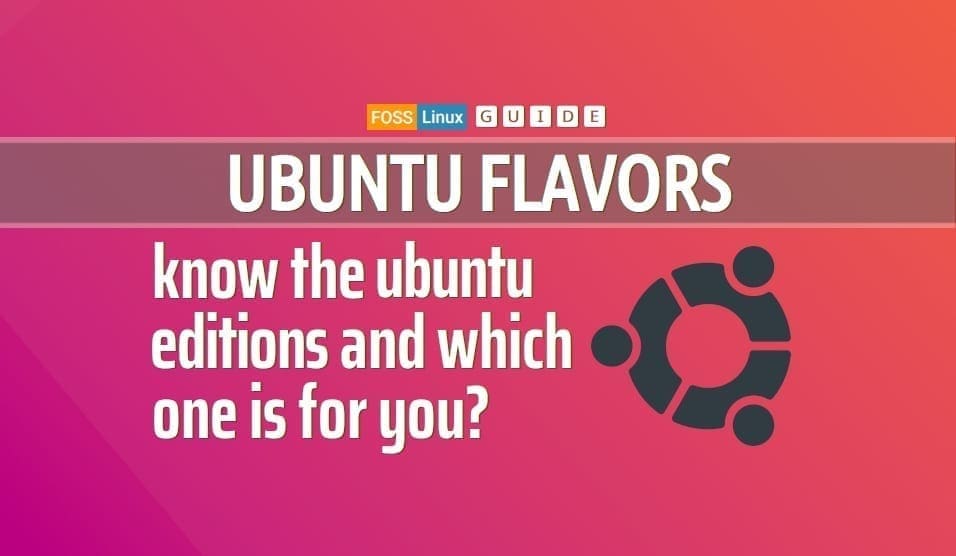Ubuntu is one of the most popular Linux distributions developed and released by Canonical, and not without reason. It has very enriched repositories, with support for all the programs you could ever need.
It provides the exceptionally smooth user experience, and if you have an issue, it also has a great community, where most problems that you could potentially have are already solved.
Apart from these things, Ubuntu provides many different flavors and you can find the one that suits you the best. Here, we have provided a concise list of these different versions of Ubuntu, and reasons it could be the one for you. Although there are hundreds of Linux distros that are derived from Ubuntu, we are talking about the distros that made a considerable impact in the Linux community and have active developers working on a daily basis for providing sustained security updates.
Ubuntu editions and which one to use?
Ubuntu
The default Ubuntu edition has the GNOME desktop environment. GNOME is known for a modern look and a minimal interface. It has a great suite of default programs, which is to the point. Since its also the most used Ubuntu edition, it has excellent support and a vast user community. Especially after the 19.10 version, the default Ubuntu has become snappy, and has fantastic new features such as media sharing.

Ubuntu
Reasons it’s for you
It has a simple interface and gets started with work right away. Also, excellent community support, and availability of almost anything you would want to install. The friendliest and practical experience of Linux. Find more on the official website here.
Kubuntu
Kubuntu is Ubuntu, with the beautiful KDE Plasma desktop environment. Plasma is known for its elegant and modern look and feel. Plasma has a humongous amount of customization options available. I cannot stress on this enough, its the maximum configuration through a graphical interface that you’re ever going to get.
Plasma also has many preinstalled programs that encompass everything you could need. Apart from the regular utilities, it also contains some special KDE programs like KDE Connect, which is an app that helps you transfer data between your system and phone.
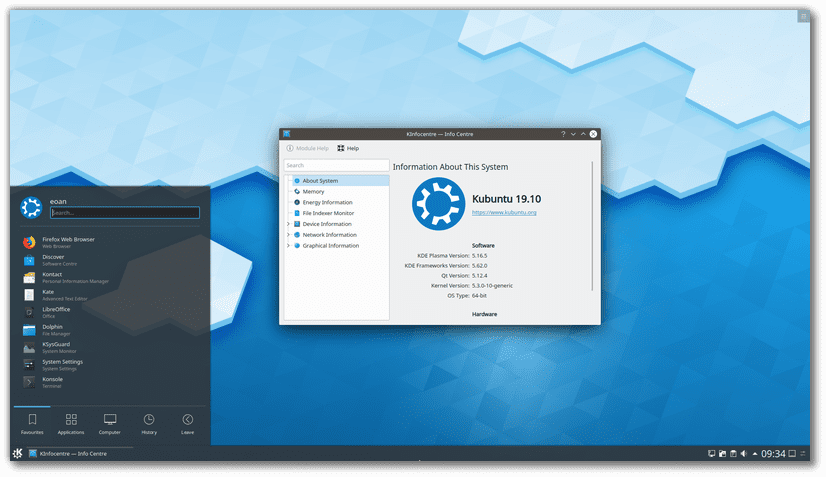
Kubuntu
Reasons it’s for you
A modern and beautiful interface, in which everything can be done with graphical methods. A very powerful system, in which you can customize almost anything (a big plus if you are a customization freak). Also, the advantage of specific programs that can make your experience easier. Recommended for beginners. Find more about Kubuntu here.
Xubuntu
Xubuntu features Ubuntu with the Xfce desktop environment. Xfce is known for its fast and lightweight interface. There’s an adequate suite of preinstalled programs available, and even though the interface looks a little old, it can easily be configured to look amazing. Just like KDE Plasma, it has a lot of configurations available. Xubuntu is particularly useful for systems that are a little old. Being a long time Xubuntu user, I can tell you that it is a perfect system to work with.
With a long release cycle, Xfce is stable (just released version 4.14), and will rarely have any glitches. Even it does, you still have the fantastic community support, as well as the Xubuntu IRC channel.
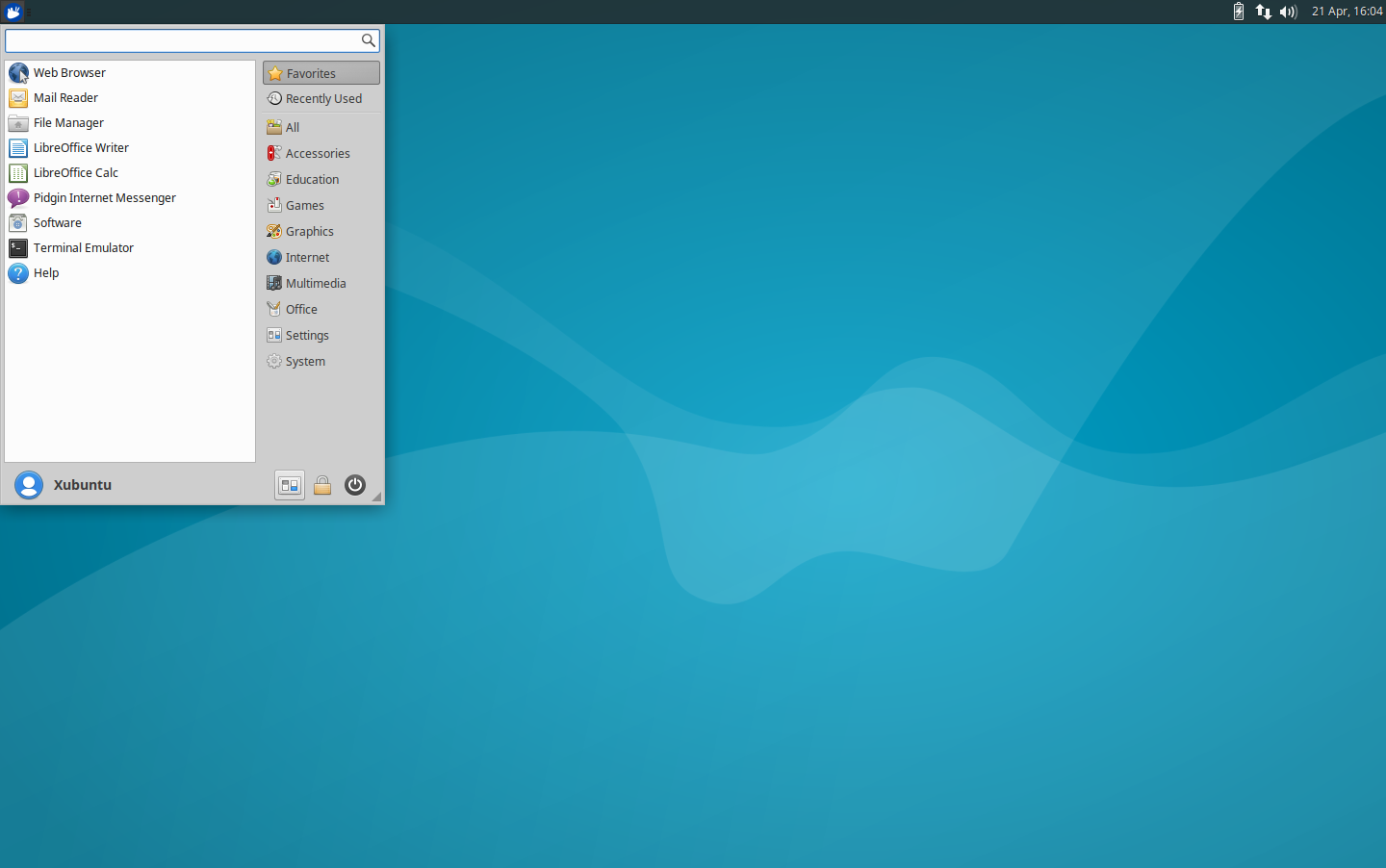
Xubuntu
Reasons it’s for you
It is a stable and fast system. It works great on older hardware too. It can have a great look with some tweaking and has good support overall. It also has simple enough configuration and suitable for beginners. Find more about it here.
Lubuntu
Lubuntu is Ubuntu based on the LXQt desktop environment. LXQt is known for its lightweight nature. I know, I said it for Xubuntu as well, but really, the LXQt DE compared to Xfce is even lighter. Lubuntu is ideal for any older hardware you might have, that you want the Ubuntu experience on. LXQt breathes a new life into old hardware, and with the latest release (19.10), it even has a great look now. Also though it is low-end, it has support for most file formats, and for the ones that it doesn’t, codecs can easily be installed with help from the Software Center. Mostly, everything works out of the box.

Lubuntu
Reasons it’s for you
A genuinely minimal experience and a light system. Ideal for old hardware, and will work like a charm. It also has excellent support and an excellent suite of default applications.
Ubuntu Budgie
This all-new player in the game features the Budgie desktop environment, which aims for elegant and simple user experience. It has a slide-out notification area, has unique features like ‘Caffeine Mode,’ which is like a do-not-disturb mode. It also has little ditties like the notes on the taskbar and has ‘Hot Corners‘ function like that of Mac. It has one-click management features of the desktop. Budgie has all the new features you could want and aims at a free, but premium user experience. This is for you if you are coming from Mac.
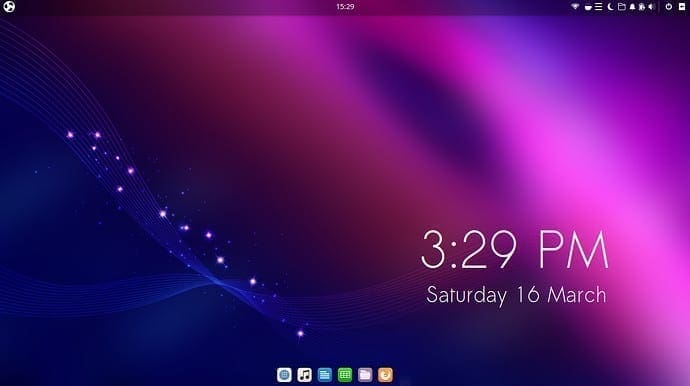
Ubuntu Budgie
Reasons it’s for you
A user experience very similar to Mac and really easy management. Like, one-click management of a lot of things. Overall an excellent interface and will work better on comparatively newer hardware. It has great little features like notes, Caffeine Mode, etc. Find more here.
Ubuntu MATE
Ubuntu MATE has the MATE desktop environment, which is necessarily a fork of GNOME 2 (which was loved by most users). It strives for simplicity and speed and has very intuitive navigation. GNOME 2 was also the default DE of Ubuntu till 2010 (after which Unity took its place, and now GNOME 3 again). MATE now comes with Compiz, which fixes screen tearing and improves gaming performance.

Ubuntu MATE
Reasons it’s for you
A traditional and straightforward interface based on simplicity and focusing on performance. Also, if you’re an experienced user, who was on GNOME 2 (and liked it), this is for you. Find more about it here.
Ubuntu Studio
Ubuntu Studio is all about creativity. The digital platform-based activities that can be done using Ubuntu Studio are:
- Recording, mixing, mastering, live processing, or even coding audio
- Graphic designing and modeling
- Rendering videos, creating animations, compositing, 3D modeling, making full-length movies, and adding effects to them
- Organizing, editing, and processing photographs, and also publishing them on social media sites
- Publishing a book, or e-book
Therefore, all things creative can be done on Ubuntu Studio. It uses the Xfce DE and therefore is very snappy and quite simple.
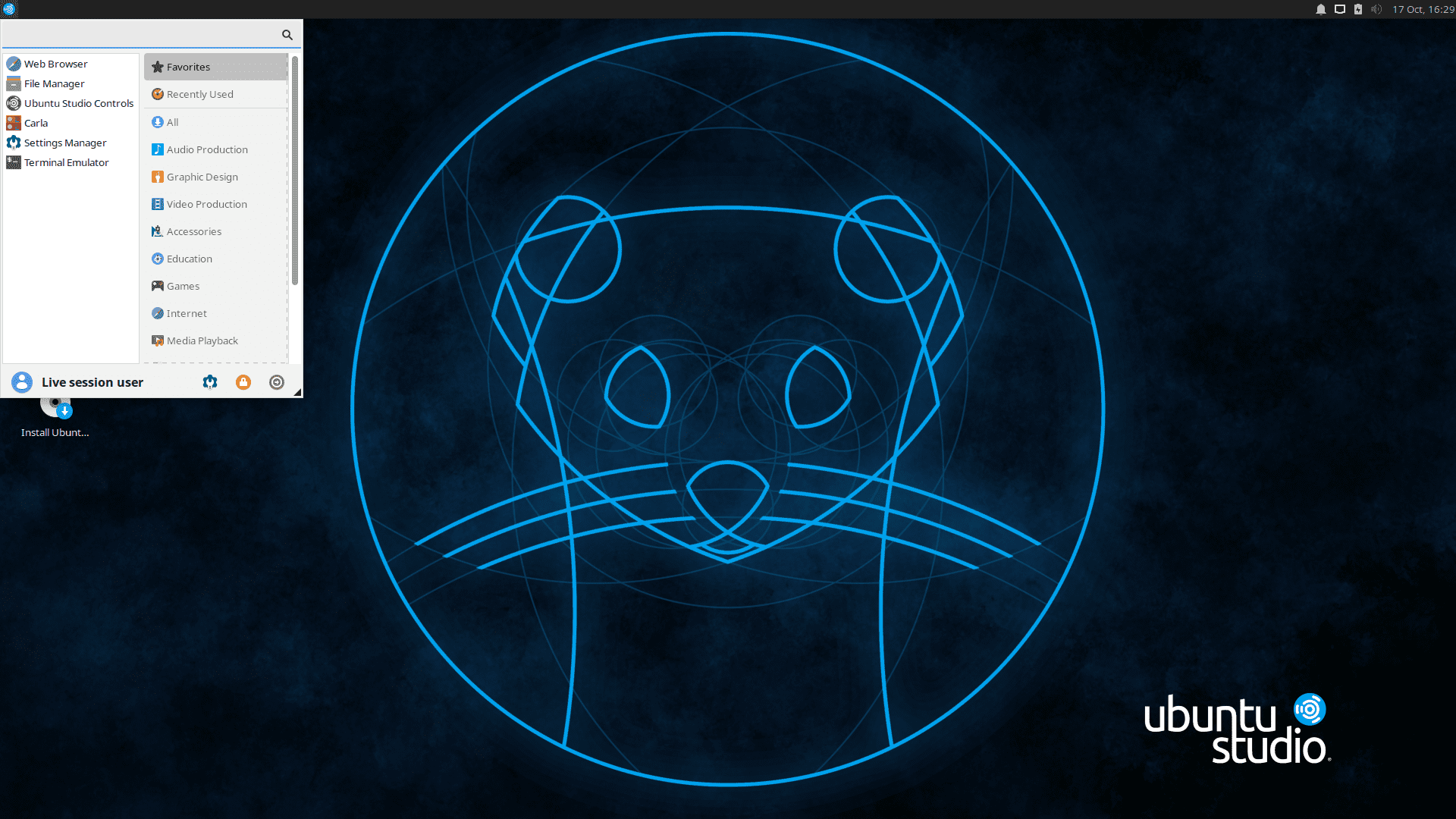
Ubuntu Studio.
Reasons it’s for you
You are an artist and a maker. Photography, movie making, video editing, creating art, animation, composing audio, publishing e-books, you name it, it can be done here. Designed just for makers, this is an excellent distribution that only focuses on the business. Find more about it here.
Ubuntu Kylin
Ubuntu Kylin is the Chinese version of the regular Ubuntu. It features the UKUI desktop environment, which has an improved interface and has everything, the boot-up, login, etc. in Chinese. It has a goal of serving the Chinese marketplace, just as Ubuntu serves the worldwide marketplace. Kylin has a built-in assistant named Youker, which fires up using the Windows key. It has a friendlier interface and Software Center.
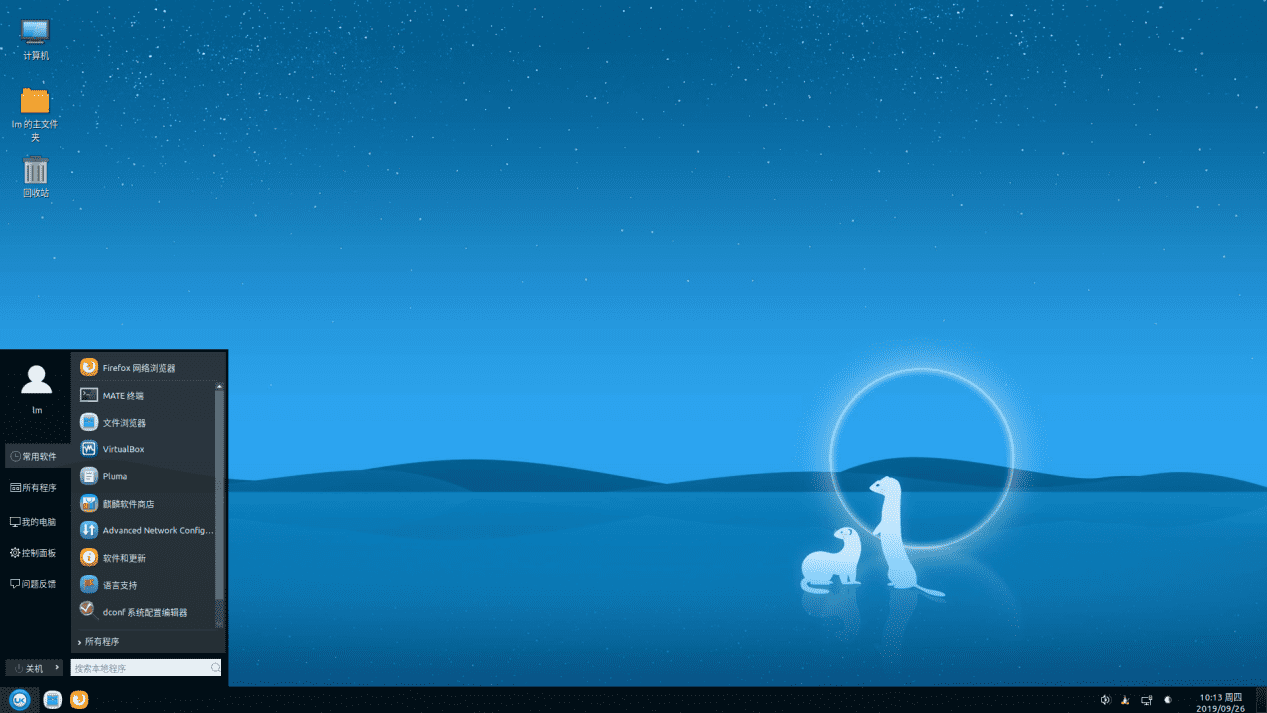
Ubuntu Kylin
Reasons it’s for you
If you’re comfortable with Chinese and want a more suitable Linux system. Sure, most distributions support the Chinese language, but Ubuntu’s official Chinese release? It is bound to have its perks.
Conclusion
So as a conclusion, Ubuntu has something for everyone. Some people think that Ubuntu is a ‘beginner’ distribution, and since they are experienced, they should not use it. That’s incorrect. Ubuntu is ready to use out of the box and has fantastic support. That’s an advantage. We hope you found this article useful, and that this helped sort out the best edition for you.

